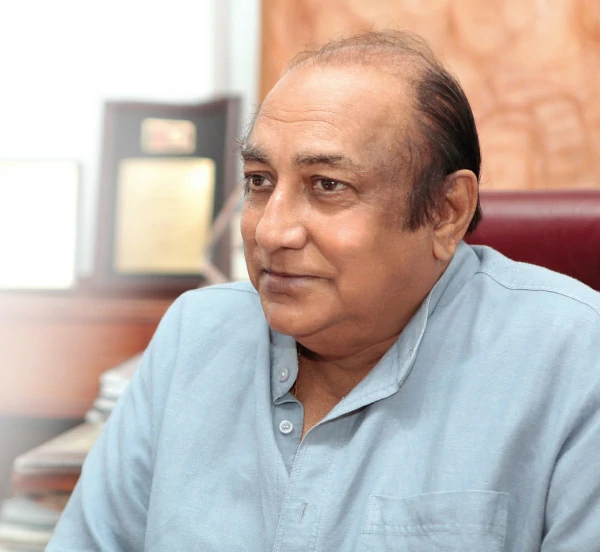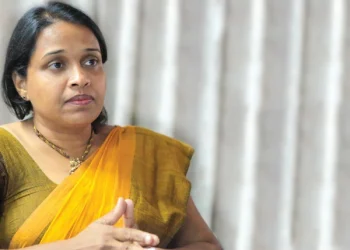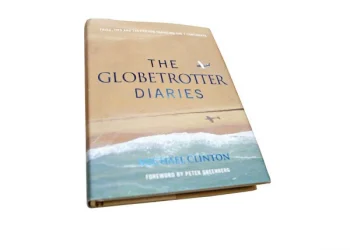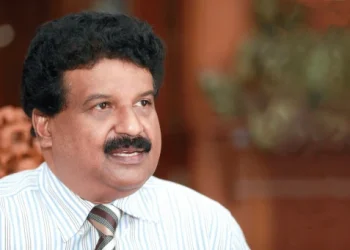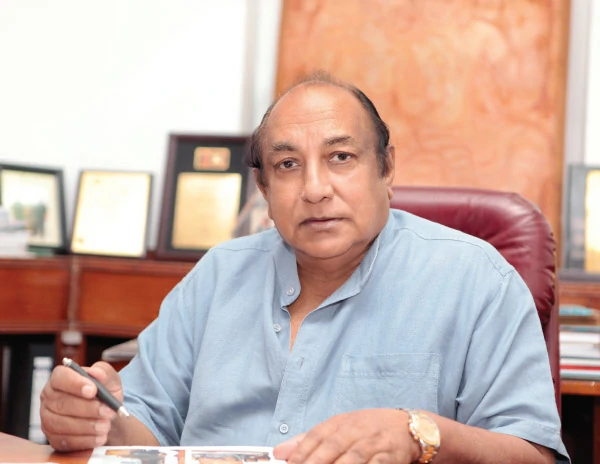
As one of the pioneers of architecture in Sri Lanka, Professor Lakshman Alwis has had a brilliant career both as an architect as well as a renowned academic. He is the mastermind behind many of the country’s most celebrated buildings and has played a key role in shaping the future of architecture in Sri Lanka. This year the Sri Lanka Institute of Architects honoured him with the SLIA Gold Medal – an award given to only six people so far.
By Ayesha Inoon | Photography Menaka Aravinda
How did you embark on the path of Architecture and Acadaemia?
I was educated in Kandy at St Anthony’s College. Kandy was quite remote in the sense that you were not exposed to happenings elsewhere. But there was the USIS Library where I would often find myself referring to books on architecture. I was especially impressed by the works of architects such as Frank Lloyd Wright.
Initially I wanted to be an engineer when the University of Moratuwa, which was called the Institute of Practical Technology at the time, started a course in architecture leading to the RIBA (Royal Institute of British Architects) examinations. At the time our youth would not even have known what architecture was, and I would have been just as ignorant if not for the fact that I was a member of that library. This course started in 1961 with about 15 students and I was very fortunate to be one of them.
I also had the opportunity whilst I was studying, to work at Edward Reid and Begg, where the principal partners were Valentine Gunasekera, Geoffrey Bawa and Dr Poolokasunderam, on an hourly basis. That was a very good experience.
I passed the first part equivalent to the first degree at the IPT and proceeded to Australia to the University of Melbourne where I sat for the final examination. Afterwards I also passed a Charter from the Australian Institute and worked there for a couple of years before returning to Sri Lanka. When I returned to this country the course which was conducted at the IPT had then shifted to the University of Colombo. Even without an interview they appointed me as a lecturer of the university. I accepted the post and I taught there for two years. I was then awarded the Commonwealth Scholarship for Higher Education and joined the University College, London where I underwent my training in post graduate studies in Environmental Science.
What was your contribution to the study of architecture as a subject in Sri Lankan universities?
When I returned to Sri Lanka from London, the architecture course had once more returned to Moratuwa and Moratuwa was now a University. I worked there, firstly as a Lecturer, then as a Senior Lecturer, Associate Professor, Professor and eventually as the Dean of the Faculty of Architecture. During that time I was able to make a valuable contribution to the University by obtaining international recognition for their courses. I also started several Masters Degree programmes and the Architecture unit at Moratuwa at that time was considered the most progressive faculty of all the universities. Whilst maintaining local traditions and teaching our students how to design for local climates, we also achieved international standards, which was a great achievement.
How has the profession of architecture evolved over the years in the country?
Having developed very fast in the first decade or so, it has now slowed down. Architects with insufficient knowledge of practice have ventured out, creating a reputation of it being a profession which is substandard. Also, clients’ requirements have changed.
With The Opportunities That Are Provided By The Government The Students Should Be Doing More. I Would Be Happy To See Sri Lankans Providing Expertise To All Other South Asian Countries. Our Wealth Is Our People.
I feel that the universities must now try to educate students to be a little more international in their attitude rather than being parochial. Having gone through a university they should have achieved international standards, international attitudes and as such their competitiveness and ability to proceed can be second-to-none in the world. We have the ability, we are intelligent people, there is no reason why we should be kept down.
At the present moment, with the opportunities that are provided by the Government the students should be doing more. I would be happy to see Sri Lankans providing expertise to all other South Asian countries. We have that ability similar to what Britain did in the past. Our wealth is our people. They should be able to contribute by means of offering their expertise to others.
What can you tell us about receiving the gold medal from SLIA?
I was a member of the Sri Lanka Institute of Architects for about 20 years and the President of the Institute from 1987 to 1988. Due to my achievements the University of Moratuwa gave me an honorary doctorate in 2005. I was also made Emeritus Professor and the SLIA upon my retirement made me an honorary Fellow of the Institute. In 2005 once again for the valuable service I was considered to have rendered, the President of this country conferred on me, the national honour of Vidyajyothi.
I was called upon by the UK-Sri Lanka society at the time of Ambassador Gladstone to embark on a book on British Period Architecture in Sri Lanka.
This year, several years after my retirement the SLIA awarded the gold medal to me. The SLIA makes annual awards for those who have distinguished themselves in different areas of architecture. The highest award given by them is the gold medal. The inaugural gold medal was given to the legendary architect Geoffrey Bawa in 1985. After that for the past 35 years, this award has been given only to a few other people including myself.
What are some of the key projects that you have been involved in?
I have done many buildings and established the company Design Consortium. This is the largest architectural and engineering organisation in the country. We have carried out most of the major projects in Sri Lanka. Some of them being, Crescat Development and Crescat Boulevard, Central Bank, the refurbishment of the then Oberoi, housing projects such as King’s Court, Queen’s Court and Trillium Residencies. In the late 80’s we were also awarded the Excellency Award by the SLIA for the work we had done on the Sir John Kotalawala Defence Academy.
At the moment we have been retained as the architects for the Hyatt Regency in Colombo. This is going to be a 45 storey building. We have already completed 25 storeys and it will have 475 guestrooms and 100 serviced apartments.
Presently I am also involved in a project, which is a university. Construction will commence by May this year.
We do all types of buildings from hotels to residential buildings. We even do houses. There are some key areas we have made some pioneering contributions in. One is that of gated communities. We were the first to start housing as a gated community. We started with the Attidiya Housing Scheme and another one in Attidiya called The Villa. Others include Country Homes in Thalahena Gardens and Continental Residencies in Negombo.
Designing Is Teamwork And Design Management Is By The Principal Architect, Who Takes The Total Responsibility Of The Client.
We have also done hotels. One of the most outstanding hotels in the country, the Cinnamon Lakeside, then Trans Asia, was entirely carried out by Design Consortium from the architecture to the electrical, mechanical and the structural engineering. It was completed in 1986 and still stands as the only hotel to have encompassed local flair and is designed to meet tropical environmental requirements.
Designing is teamwork and design management is by the principal architect, who takes the total responsibility of the client.
Tell us about your family. Have your children followed in your footsteps?
I am married to Lalini and have two children. My daughter is married with two children and my son, Migara Alwis, is married. He was educated in the UK and is an Architect and Director at Design Consortium. My granddaughter is now studying architecture.
Final thoughts?
One of the main hallmarks in my life is that I am able to manage time very well. I work very hard in my office with all my employees in a friendly atmosphere. There is no strict attendance taking, as they are all professionals, they come and go as they like but they have responsibilities. I believe that individuals who are under pressure at work must ensure that they don’t take all their troubles home. In fact I rarely take my troubles home, I enter my home with a smile and I live with my other passions in life. These include fashion, agriculture, sports, reading, and to help my friends and family succeed and enjoy life.
